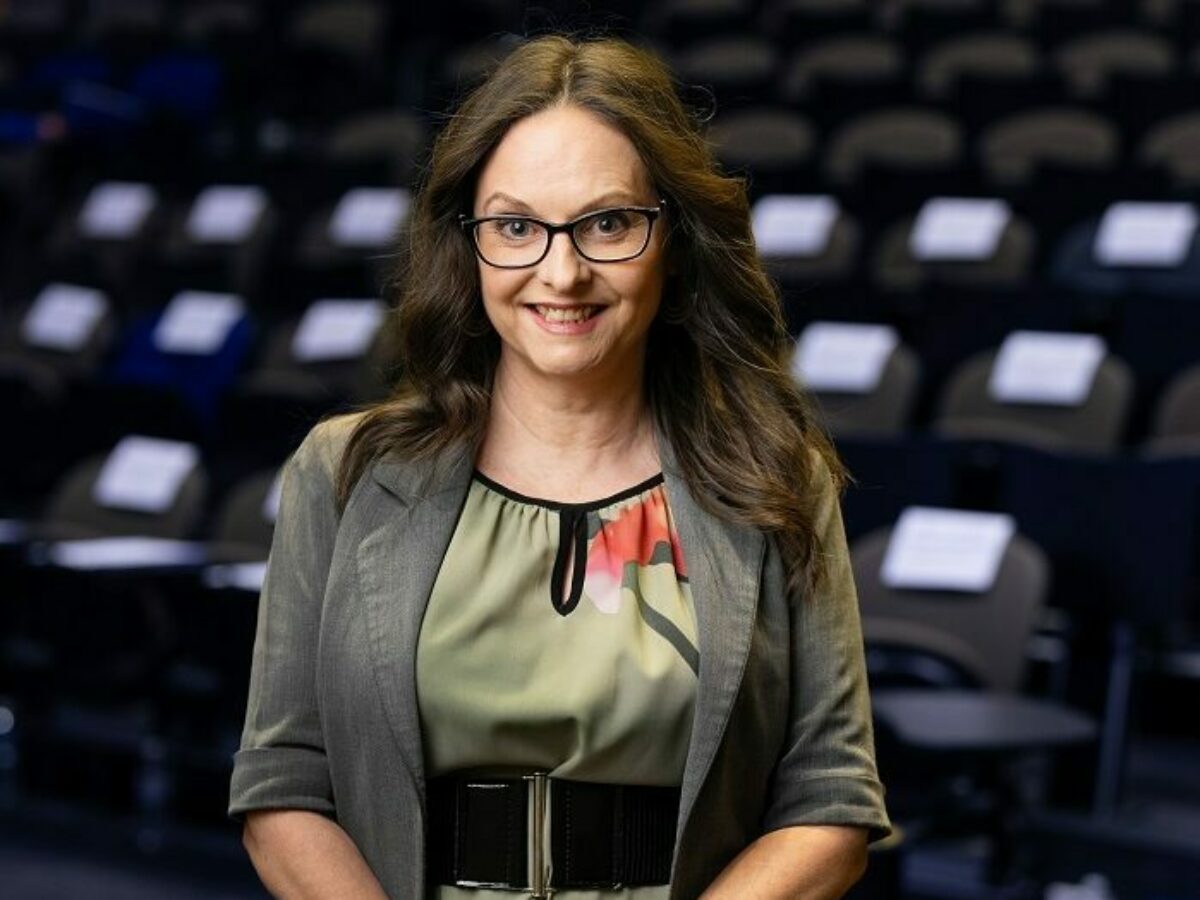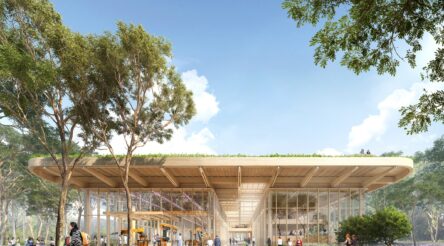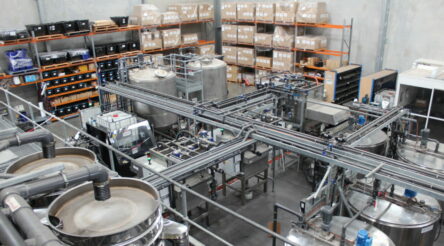Thinking about precincts: what works and why

At the Western Sydney Aerotropolis, Port Melbourne’s Fishermans Bend and elsewhere in the country, efforts are underway to build neighbourhoods for the industries of tomorrow.
The usefulness of innovation precincts is based on the power of proximity, the notion that if you have enough people with the right resources in the one place, then great things can happen.
A report on the subject last year for the previous NSW government – NSW Innovation Precincts: Lessons from International Experience – suggested benefits including higher than average productivity and resilience to economic downturns.
Proximity aided “collaboration, knowledge flows and knowledge spillovers between industry, researchers and entrepreneurs,” assisting in innovation, especially for young ventures.
University of South Australia’s Kathryn Anderson has spent the last three years studying innovation precincts. Her PhD is a comparative study of two places: Technology Park Adelaide and Tonsley Innovation District.
A successful precinct is not a matter of luck, explains Anderson, or even a matter of having a certain set of ingredients.
“It really is about the intersection between those ingredients. I don’t mean the intersection between people. I don’t mean the network relationships. That is part of it. I mean all of the aspects,” Anderson tells us.
“For example there is a kind of a rhetoric about these sorts of places that says, ‘look, people are just going to have these happy collisions, they’re going to bump into people, bump into others and then they’ll have a conversation in the coffee line and start talking and that’s how it all happens.’
“For the most part those that I spoke to said that they use those chance meetings to reinforce maybe someone that they already know, or they might see a logo on someone’s shirt and go ‘hey, I actually need to follow that one up.’ In the main it doesn’t happen from those chance meetings.”
Anderson shares two other points from her research on what functions well.
Secondly, innovation precincts are constructed, not emergent. Managing who and what is there matters.
Thirdly, they are not “set and forget”.
“You don’t just build it and it will come or activate it and it stays activated. Looking at Tech Park, you can see how Tech Park has kind of changed and morphed over the years from what was broad technology commercialisation to what is now much more strongly into defence, as a defence precinct, says Anderson.
“So there’s change that happens over time as well.”
In this episode of @AuManufacturing Conversations with Brent Balinski, recorded in September, Anderson explains the differences between clusters, industrial districts and innovation districts; the enduring and unhelpful habit of comparing things to Silicon Valley; and more.
Episode guide
0:50 – Personal background and how she ended up studying innovation districts.
6:12 – How do innovation districts create economically valuable proximity?
6:50 – Understanding clusters, a subject influenced by the work of Michael Porter.
8:05 – Alfred Marshall and “industrial atmosphere”.
9:12 – Innovation districts: “a bit of a new beast”. What is distinct about them?
10:55 – Looking at Technology Park Adelaide and Tonsley Innovation District.
14:04 – International case studies. Why 22@Barcelona is an exemplar when it comes to innovation districts.
16:10 – The amenity factor of places in modern life.
17:35 – “People stand up and take note when you say ‘Silicon Valley.’” Why it captures the imagination.
18:50 – Why it’s unreasonable to want to have another Silicon Valley.
20:10 – The sometimes-overlooked role of government in SV.
21:31 – Some important ingredients that have emerged.
22:57 – It’s not just the ingredients, but the intersection of the ingredients that matters.
25:02 – They are not set and forget. Tech Park, for example, has morphed over the years.
27:20 – Research on Geelong and its reinvention after Ford. What’s been important in this?
30:30 – A call to action regarding innovation districts.
@aumanufacturing Sections
Analysis and Commentary Awards Defence Manufacturing News Podcast Technology Videos










